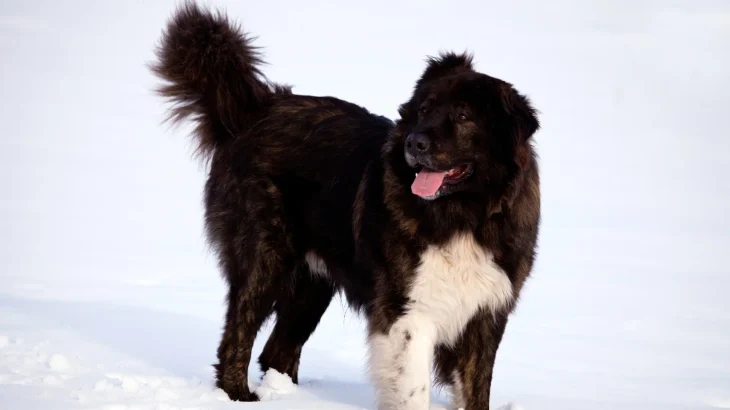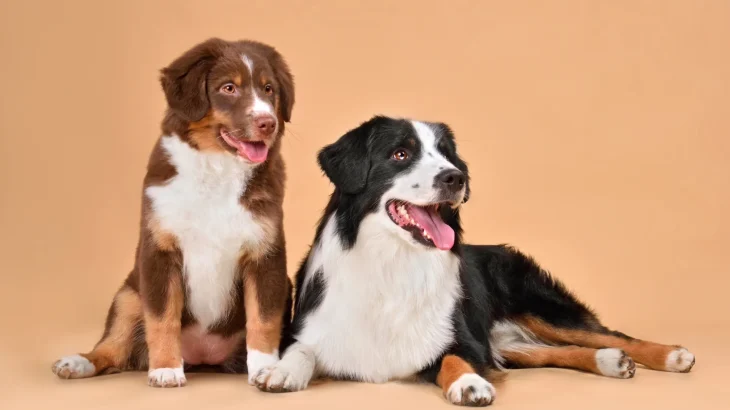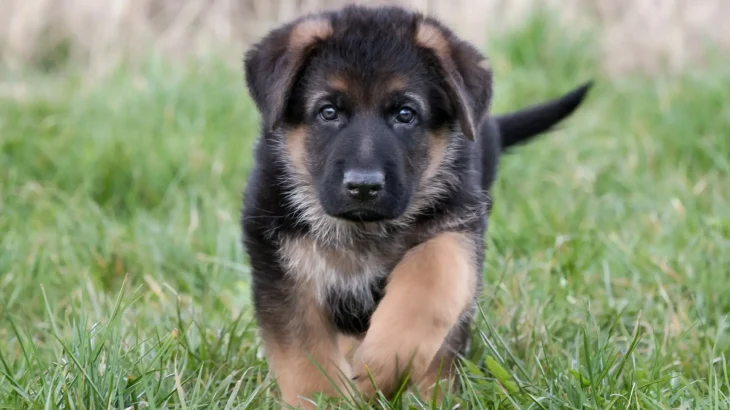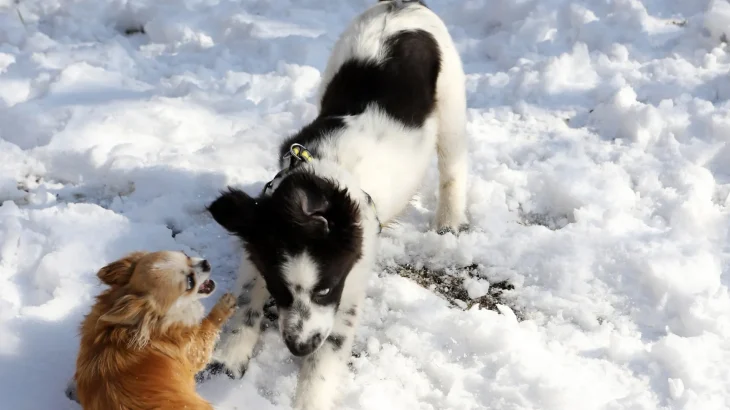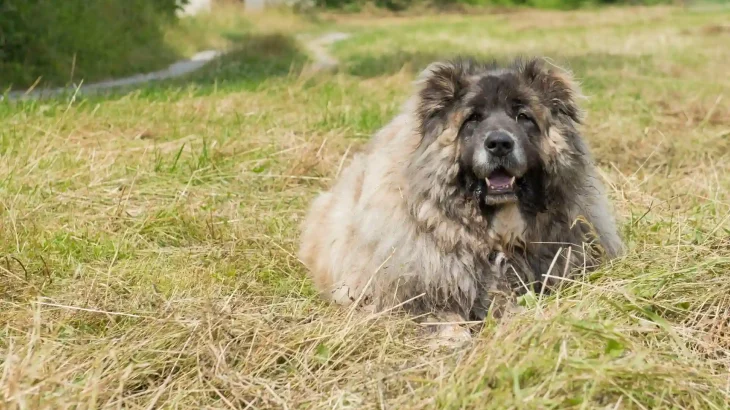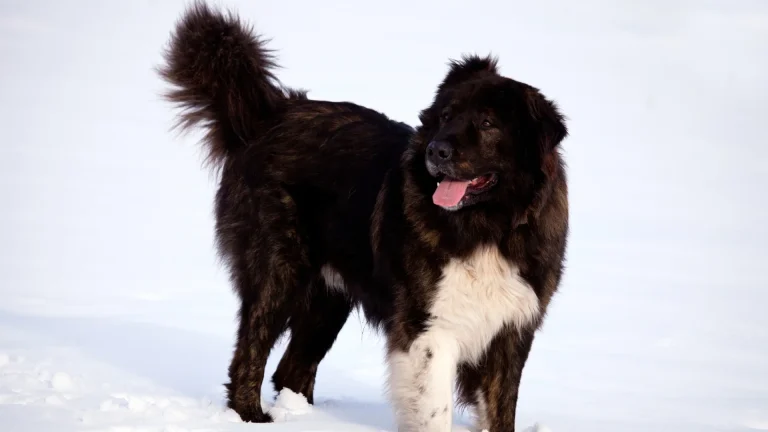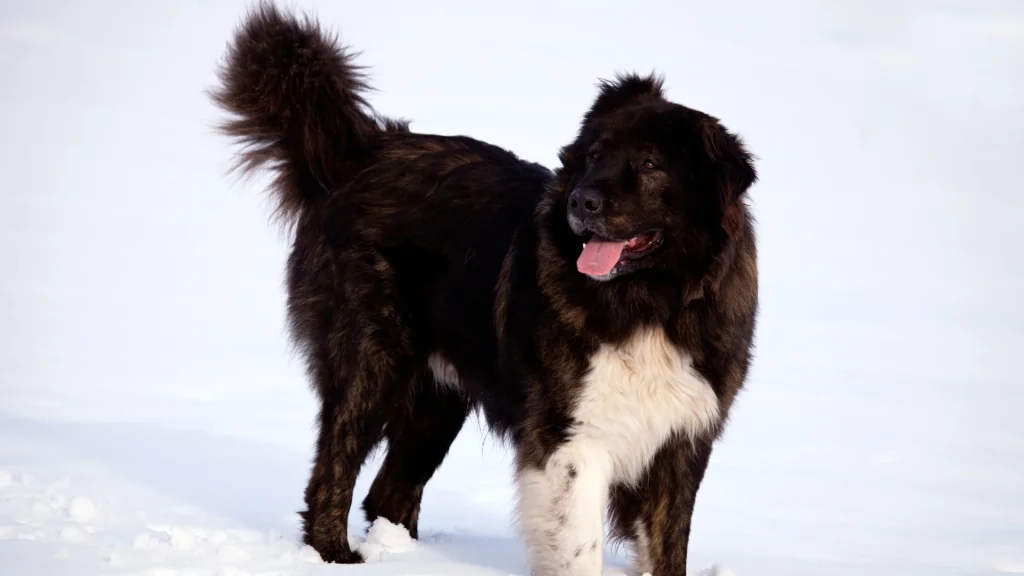When deciding between adopting or purchasing a Karakachan puppy, the choice often boils down to predictability versus opportunity. Purchasing from a breeder can offer clearer insights into the puppy's lineage and health, while adoption provides a chance to give a home to a dog in need, sometimes with less background information.
Adoption vs. Breeder: Pros & Cons
| Criteria | Buying from Breeder | Adopting from Shelter/Rescue |
|---|---|---|
| Cost | Generally higher due to breed rarity and pedigree. | Typically lower adoption fees, often modest and includes basic care. |
| Health History | Comprehensive health records and genetic info usually available. | Health history may be limited or unknown; basic checks often done. |
| Age Availability | Primarily puppies, ideal for raising early. | Wider range of ages including adults and seniors. |
| Temperament Insight | Breeders provide info about lineage temperament traits. | Temperament observed by shelter, but full background may lack. |
| Ethical Considerations | Supports controlled breeding; choose ethical breeders for preservation. | Supports animal welfare by rescuing dogs and reducing shelters. |
| Breed Purity & Pedigree | Clear documentation ensuring breed standards and purity. | May not guarantee purebred status or detailed pedigree info. |

